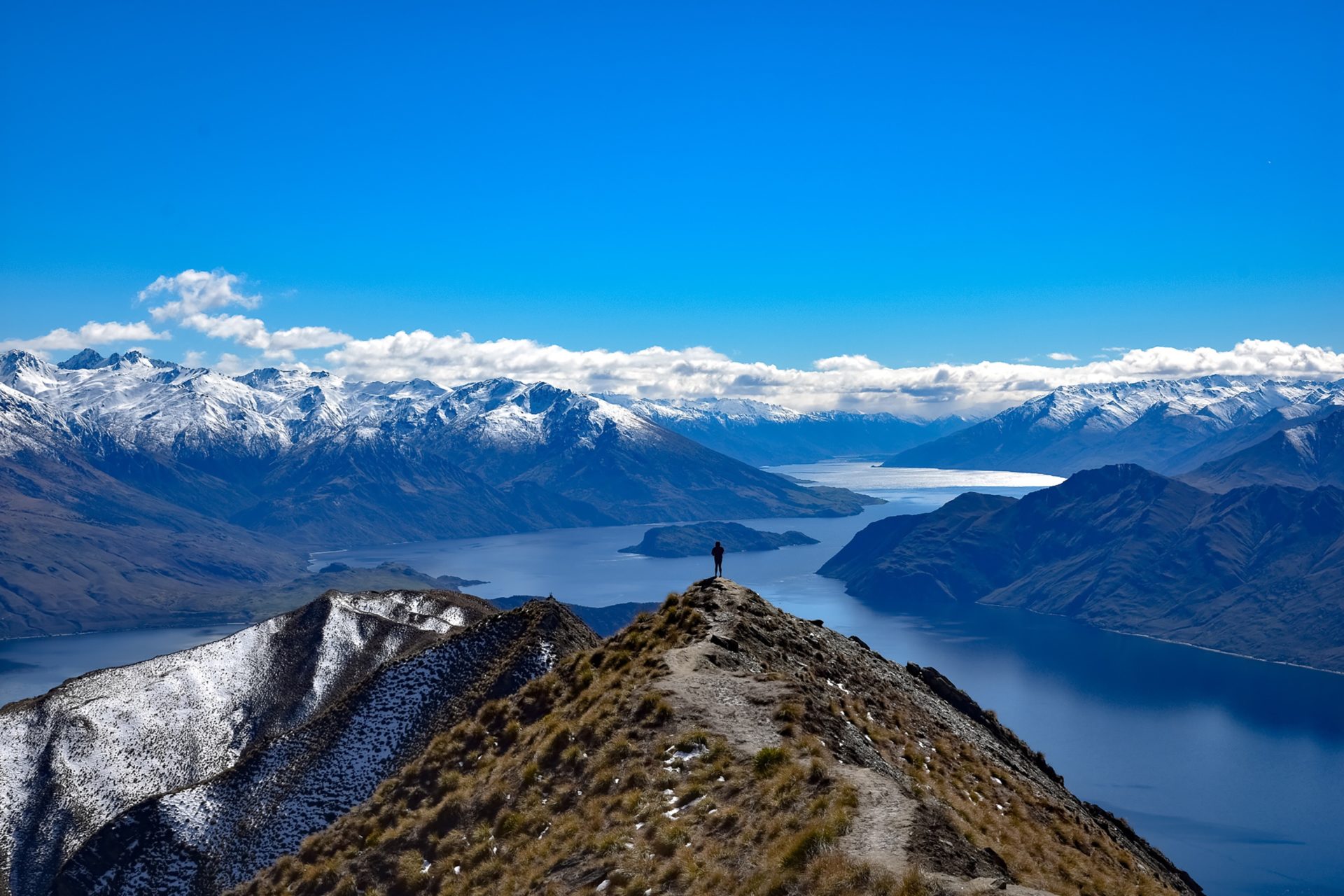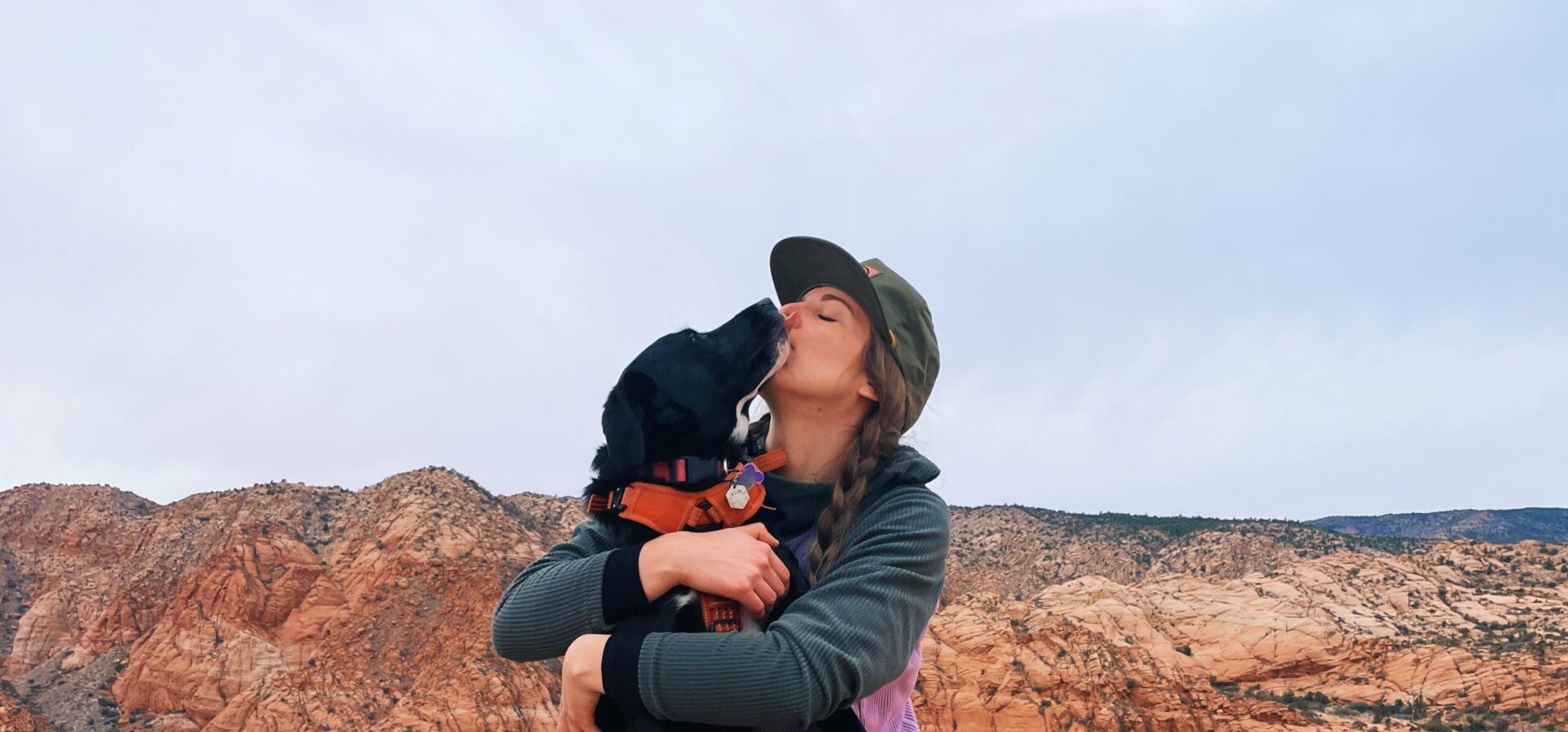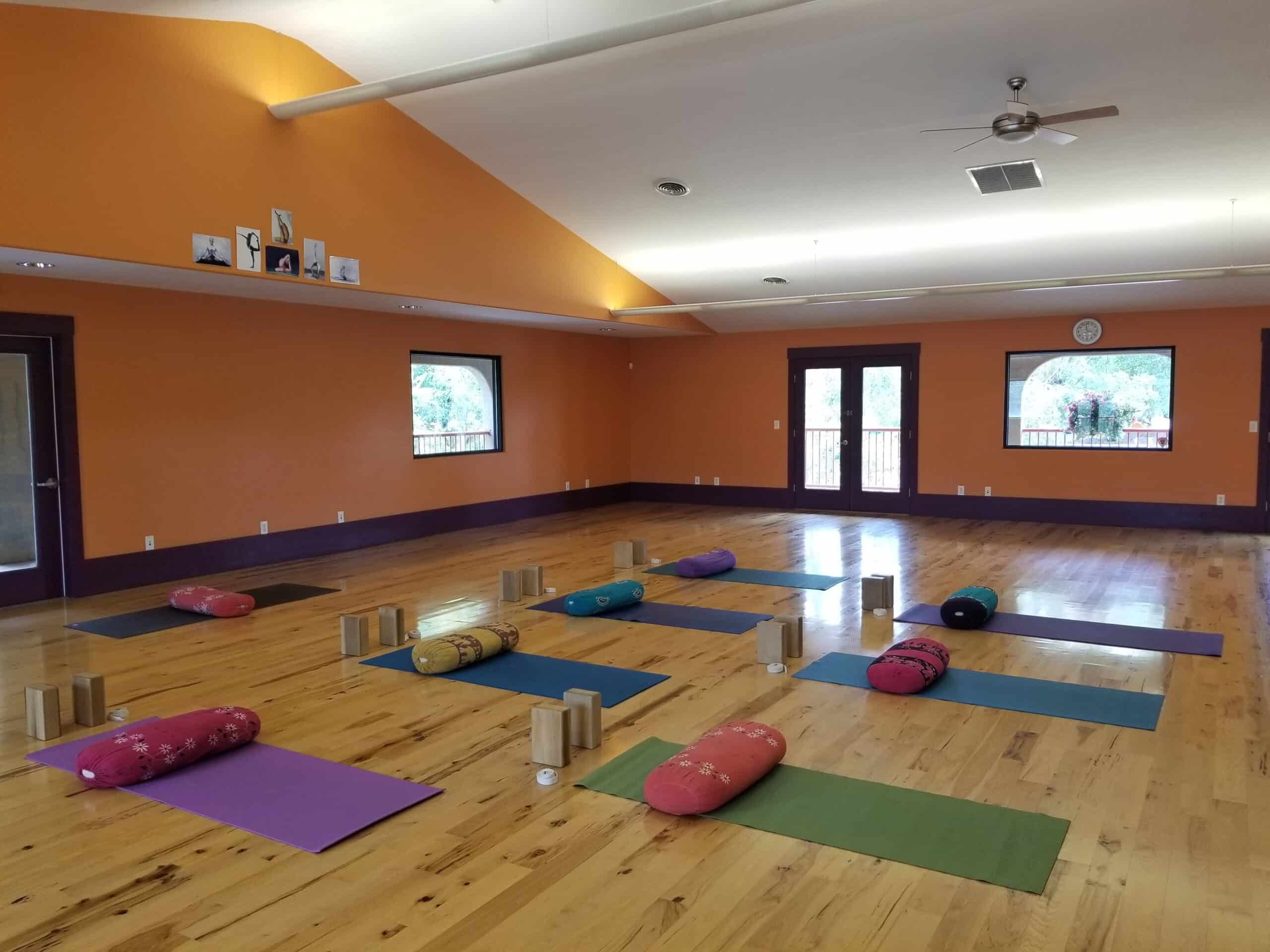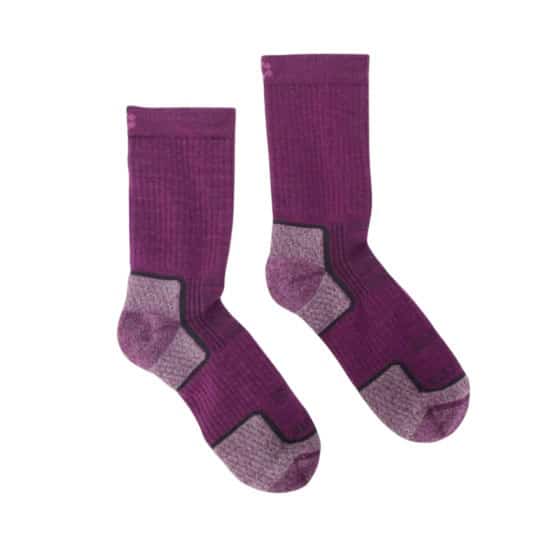Walk The Land : Travel Notes on New Zealand | By Mitchell Milbauer
Originally published in the Winter + Spring 2020 issue.
The land of the long white cloud is an outdoor lover’s playground, made up of two islands that feature luscious coastlines, jaw-dropping glaciers and mountains that make you look twice. These are only a few of the magnificent features that draw adventure seekers from around the globe to New Zealand.
TRAMPING
The word “walk” or “tramp” is the kiwi translation of hike. Within the 103,483 square miles of Aotearoa — the Māori name for New Zealand — there are hundreds of day hikes, nine Great Walks (with a 10th coming in December) and an unknown amount of backcountry hut trips. Great Walks are stunningly beautiful treks ranging anywhere from 32 to 80 kilometers and vary in difficulty, making sure anyone has the chance to explore. Each of these multi-day backpacking trips have a wide range of environments, including sub-tropical coasts, deserts, snow covered mountains, heavy rain, etc. On top of all of the latter you’re exposed to an extraordinarily diverse ecosystem of birds which includes the endangered native New Zealand bird: the kiwi. The Great Walk system is part of the extremely well-organized “department of conservation” that maintains the huts and campsites for trampers. These backpack trips are in one category while all other backpacking trips fall into the “backcountry” or “remote” category.
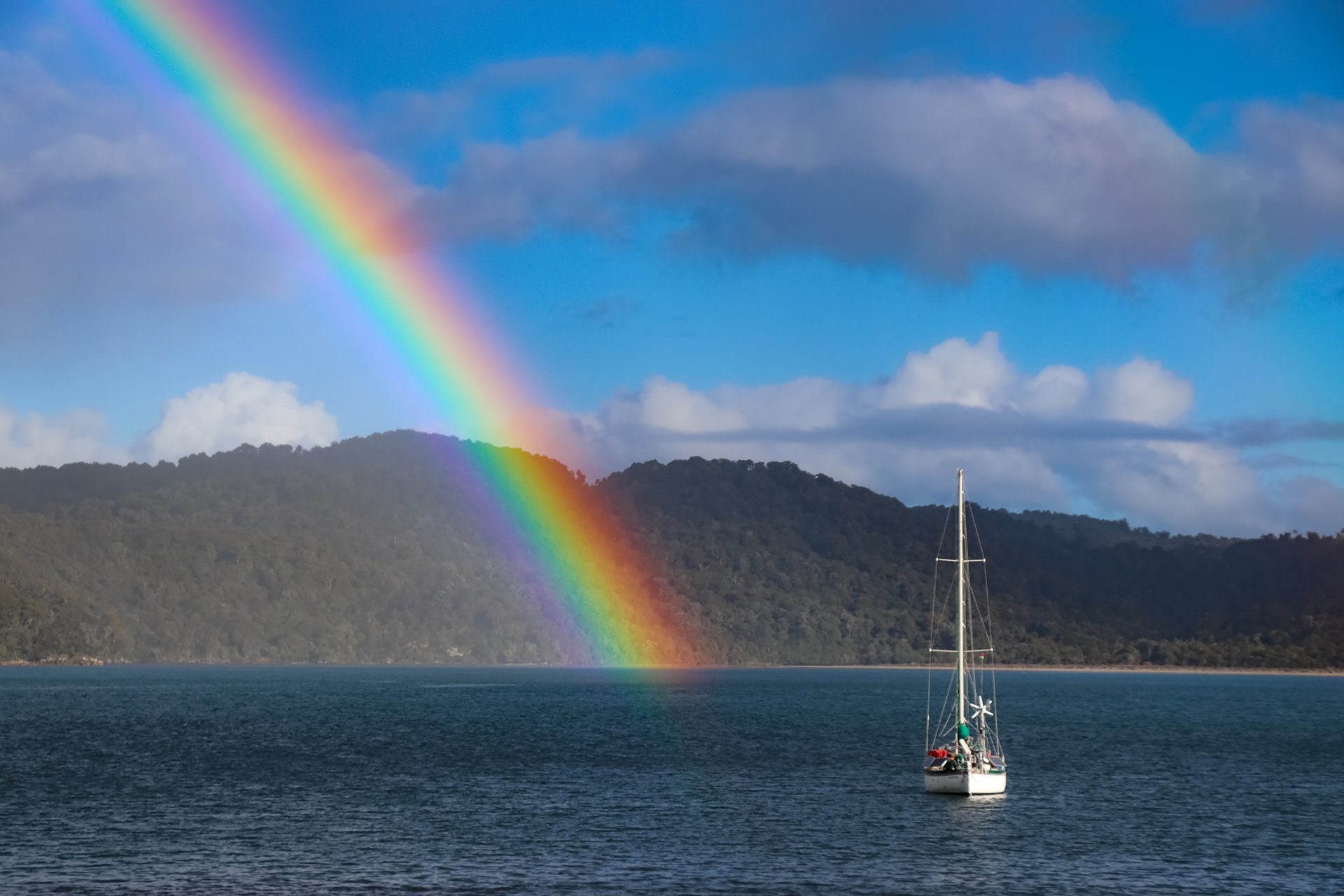
GREAT WALKS
Despite the reputation a handful of the Great Walks get for being “too easy” or “too touristy,” they’re well-respected for a reason. They allow you to explore the most beautiful parts of Aotearoa and give you a chance to embrace its serenity and solidarity. Two of my favorite Great Walks I embarked on were the most southern and the longest. The most southern walk can be found on a small island south of the South Island called Stewart Island. As soon as you arrive at one of the trailheads for the Rakiura Track, the idea of a minor civilization which existed prior to the hour-long boat ride when docked at New Zealand’s southern tip all gets thrown out the window. Luckily, for my crew of trampers, we saw a total of zero people for two and a half days. We backpacked the track encountering dense yet lush forests, empty beaches that merely exuded the sounds of our feet tramping and the fluttering of multicolored birds. On the first day of the track we were quietly shocked at what we saw: a kiwi. The flightless nocturnal bird. A very rare occurrence because kiwis are extremely timid and are frightened by any sound aside from the elements and their kin; it was beautiful to see them in their natural habitat. Over the course of the next two days we stayed in empty huts and backpacked in silence along the ocean currents from Antarctic swells.
The longest great walk is shrouded in the beauty of Kahurangi National Park which is located in the Northwest corner of the South Island. Encompassing four different environments which include desert, beach, forest and mountain, it’s well worth the 80 kilometers and four days of walking. Although, getting to the trailhead is also a full commitment. You either bus four hours to one end and get picked up on the other side four days later, or you drive to one side of the track and have someone pick up your car and drive it to the other so it’s there when you finish. If you’re keen on the walk, you’ll be amazed by the ferocious beauty of the Tasman Sea, the massive rata trees and the simplistic magnitude of Golden Bay.
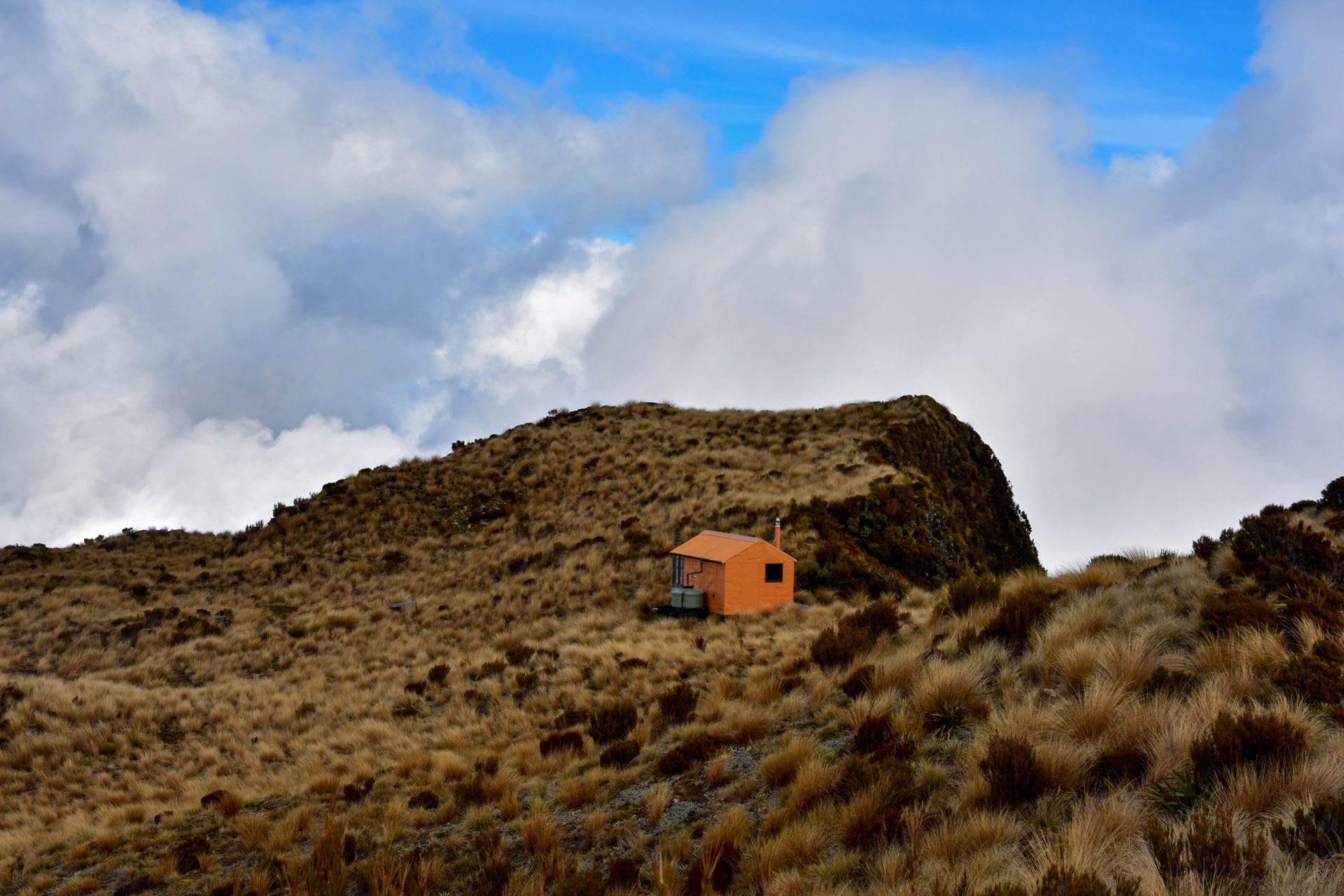
REMOTE WALKS
These are for those seeking the unknown and who are trying to get off the beaten path. Along these routes you’ll find lone huts with nothing but nature at arrival, or minimally marked multi-day tramps. Two of my favorite of these treks: a red bivouac situated at the base of Mt. Barff called the Liverpool Hut and another bivouac, bright orange and called Mt. Brown Hut nestled within the tussocks in the high peaks of West Coast New Zealand overlooking the Tasman Sea. These walks allow you to get lost deep in minimally touched wilderness. Whether it’s inside Mt. Aspiring National Park sleeping amongst the South Island’s only alpine parrot, the kea or hiking practically vertical into the clouds that overlook both Lake Kaniere and the sea, you’ll always have the chance to make another cup of coffee, finish your book or just stare in silence into the distance questioning whether this part of the world is one of the last true pristine places in the world.
A FRIENDLY REMINDER ABOUT ADVENTURE
Despite New Zealand’s unparalleled beauty, just like all nations, the outdoors in kiwi territory is being threatened — with tourism increasing every year (approximately 1.2 million) more litter on the streets, more pollution in the air and more degraded hiking trails comes along with it. Keep our planet clean, travelers. Especially one of the last frontiers of natural beauty.
 Mitchell Milbauer is an outdoor photographer and writer. His photography focuses on adventure sports in the mountains and ocean and also landscape. His writing encompasses anything within the outdoor sphere and takes the form of personal essay, reporting, environmental activism and gear review. When not behind the lens or writing Mitchell can be found snowboarding, climbing or surfing. His work can be found at mitchellmilbauer.com. Instagram: @mitch_milbs
Mitchell Milbauer is an outdoor photographer and writer. His photography focuses on adventure sports in the mountains and ocean and also landscape. His writing encompasses anything within the outdoor sphere and takes the form of personal essay, reporting, environmental activism and gear review. When not behind the lens or writing Mitchell can be found snowboarding, climbing or surfing. His work can be found at mitchellmilbauer.com. Instagram: @mitch_milbs Tough Cuties are premium quality merino wool hiking socks made for women, for women, created sustainably in [...]

Subscribe to Our Tribe
Stay up to date with Y+L News, Events and special announcements.





